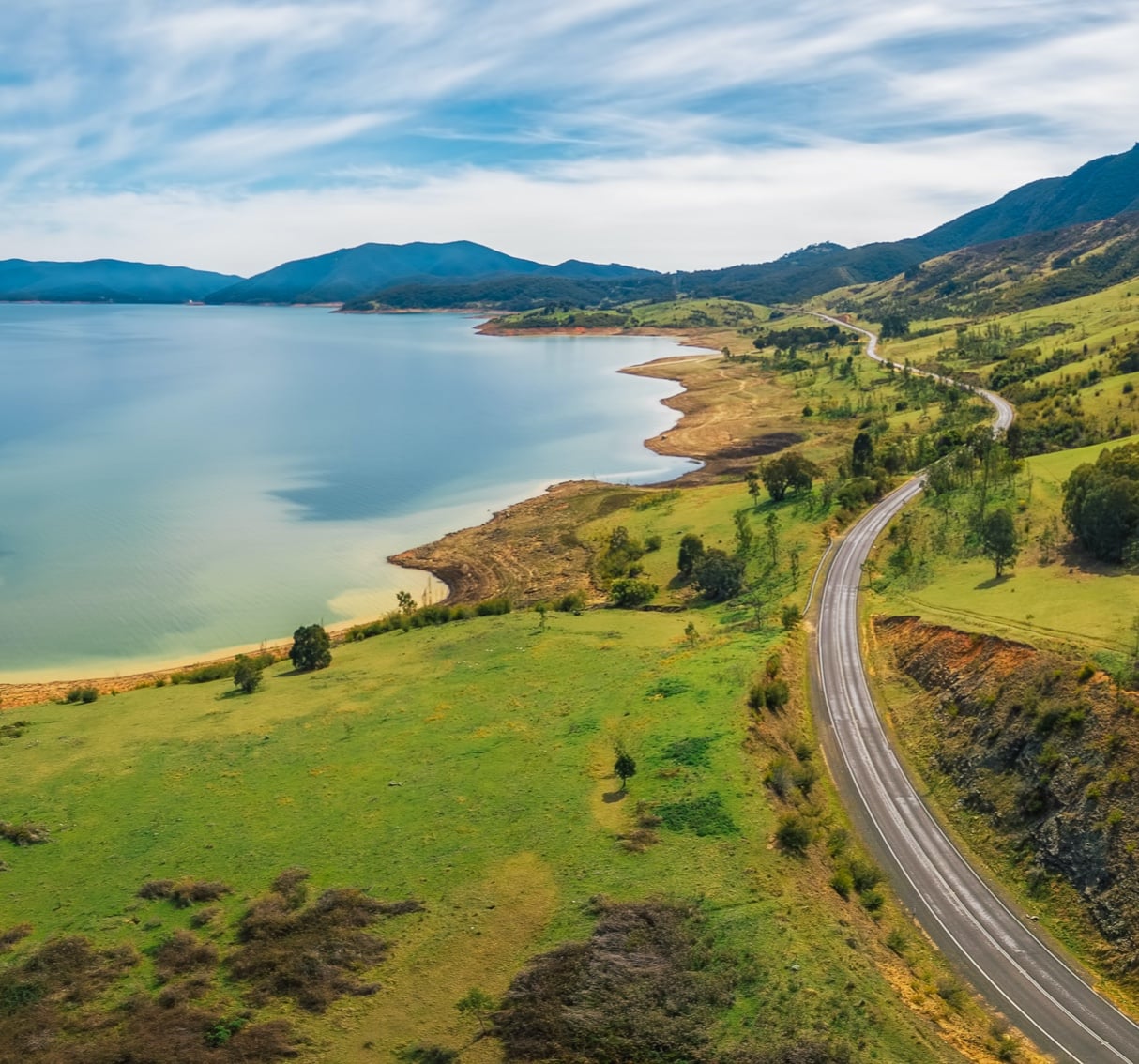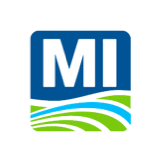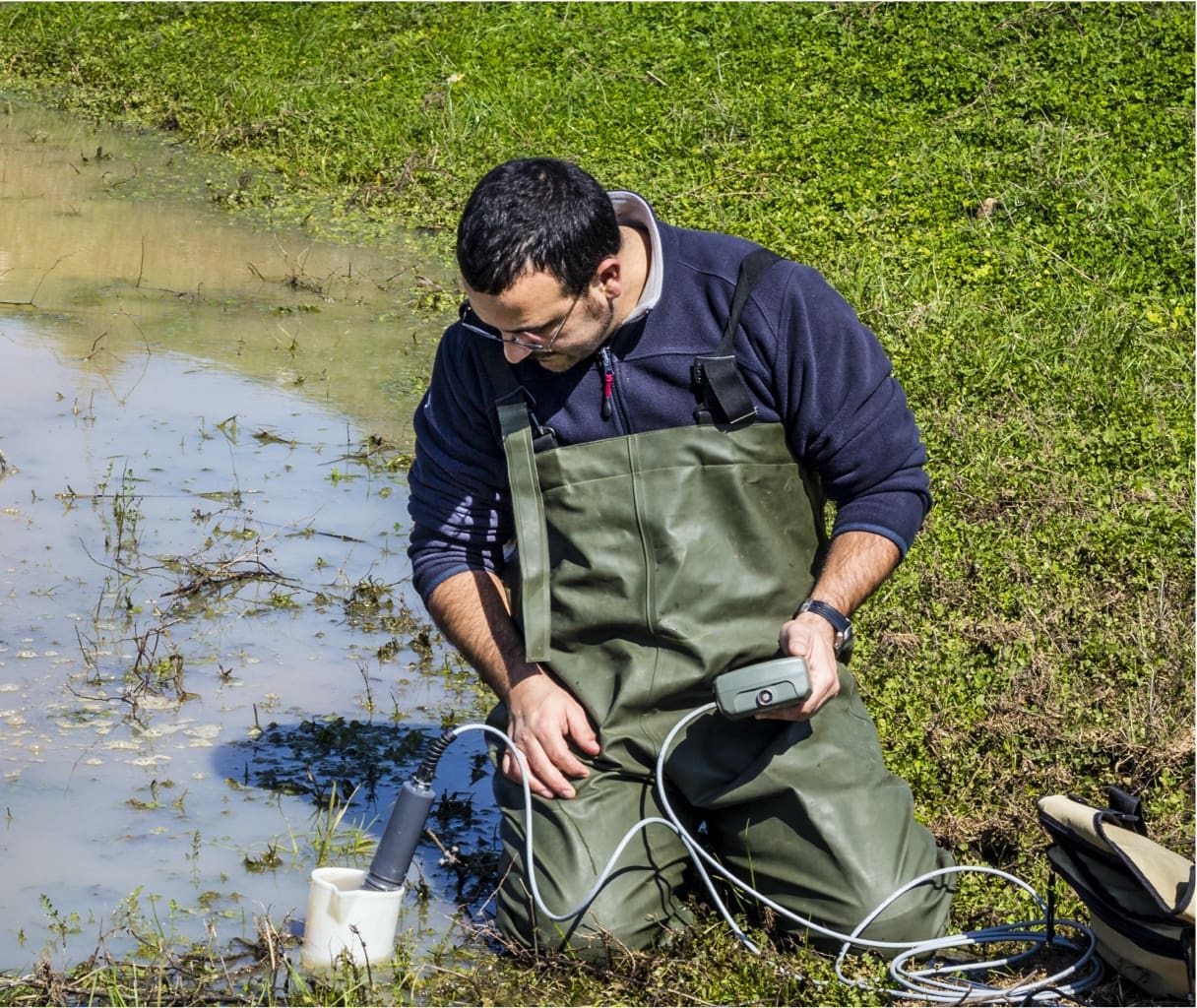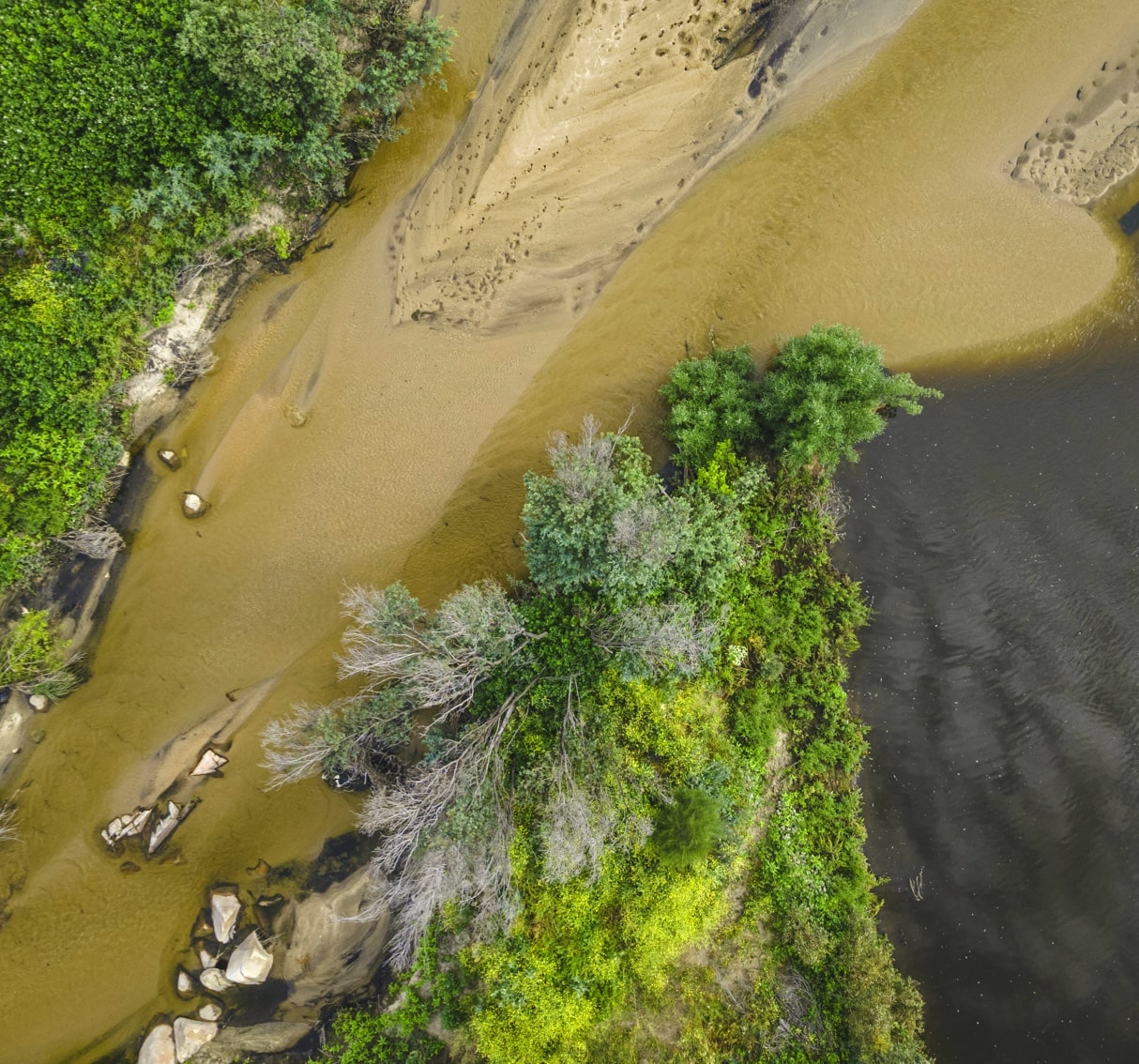About Murrumbidgee Irrigation
Murrumbidgee Irrigation Ltd. (MI) is one of the largest private irrigation companies in Australia serving over 3,200 landholdings owned by over 2,500 customers. The irrigation water and drainage services they provide have helped create a diverse and highly productive agricultural region known as the Murrumbidgee Irrigation Area (MIA). The MIA, which forms part of the Murrray-Darling Basin, covers an area of 660,000 hectares, of which an average of 170,000 hectares is irrigated. The MIA is home to over 50,000 people with the majority of jobs tied inextricably to the water MI supplies to farms and industry.
The Challenge: Data Management & Modelling Inefficiencies
The New South Wales Office of Water controls water releases from the Burrinjuck and Blowering Dams into the Murrumbidgee River. MI is licensed by the NSW Government to divert water from rivers and deliver it to its customers via a bulk water licensing arrangement.
Water is supplied from two main offtakes within the system: the Main Canal diverts 6,600 ML per day (via the Narrandera Regulator) and the Sturt Canal diverts 2,200 ML per day (via the Sturt Regulator).
MI’s water delivery mechanisms are predominately operated via a gravity-based delivery system, which can present challenges in equitable water delivery during tenuous operating circumstances – such as water shortages or spiked increases in demand during heat waves at the height of the irrigation season.
Water travel time from the dams to the river diversions is between six and seven days. This means irrigation demand has to be forecast seven days in advance – a major operational challenge. Overestimation results in precious water being lost down the river or discharged into drains if it exceeds the capacity of the channel system, while underestimation impacts agricultural productivity.
MI, like water utilities and irrigation companies worldwide, was increasingly challenged to understand and preserve the hydraulic and water quality integrity of their distribution networks. In order to provide the best possible service to irrigators in the MIA and to prepare for future changes to water availability and irrigation requirements, MI sought to modernize its water data management system.
MI wanted to leverage real-time network modelling to progress from using a reactive approach to a proactive planned approach to water delivery. This would allow MI to optimize water delivery and improve system efficiency in order to meet growing irrigation demands.
By adopting innovative modern practices, MI wanted to gain an economic advantage. It sought to create water efficient practices that could potentially enhance the economic viability and environmental sustainability of irrigated agriculture without necessitating a reduction in water usage.

The Solution: Aquarius
ADASA, a global water and environmental consulting firm, was engaged to implement the new Murrumbidgee Irrigation Operation and Planning System (MIOPS) in order to improve day-to-day operation and planning.
Hydrological and hydraulic models were developed using MIKE commercial software. FEWS, an open data handling platform, was selected for the Decision Support System (DSS).
“Considering the large amount of data to be displayed in FEWS, and the numerous sources of data to be integrated, the decision to incorporate a central database for hydrological and hydrometric data management became natural. We needed a world-class system to provide a single source of truth to our operation and planning systems,” said Chris Smith, Water Resource Analyst at MI.
“We chose AQUARIUS Time-Series software because it is specifically designed to do this. AQUARIUS fully fulfils our MIOPS requirements for optimum performance and reliability, and it exceeds in its capabilities in pre- and post-processing of data.”

One Single Source of Truth
Today, Aquarius Time-Series is used to collect, integrate, and quality assure a large amount of raw data from a wide variety of sources. These sources include two separate SCADA systems sending data at 15 minute intervals as well as gauging station data loggers from internal stations, meteorological (weather and evapotranspiration) observations and forecasts from the Bureau of Meteorology (BOM) and Commonwealth Scientific and Industrial Research Organisation (CSIRO). Data arrive in a variety of formats including HTML, CSV, XLSX, JSON, DBF, NetCDF, and XML.
All data are received, processed, and stored in Aquarius Time-Series as the single source of truth. Chris explained, “We rely on Aquarius Time-Series to store, correct, and analyze data from around 1,600 sites or locations, including general regulators, escapes, storages, pump stations, weather stations, and water quality sites – for the first time all of that data are centralized and analyzed in one single system. We now have greater confidence in our data.”
Automatic data validation and gap filling ensure data of the highest quality. Original and corrected data are permanently and securely stored, and high quality data are distributed to all components of MIOPS.
For the first time in our 100+ year history, Aquarius has provided Murrumbidgee Irrigation with a solid warehouse and analytical tool for our hydrological data. It provides a source of truth and level of confidence that we have needed to move forward as a leader in our industry.


Improved Water Quality Analysis, System Integration & Efficiency Gains
“In terms of water delivery, having the ability to feed our auto-corrected data into other operational software platforms gives us greater insight into our overall system efficiency,” explained Chris. “This ultimately leads to reduced water losses and an improved level of service for our customers.”
MI is able to monitor and maintain the water quality in this region that is diverted from the Murrumbidgee River. Their water quality monitoring program involves measurement of water flow, testing, and analysis of temperature, turbidity, pH, salinity, and pollutants (including nutrients and pesticides), as well as responding to any complaints in relation to water quality.

The quality of drainage water is monitored within sub-catchments using a risk-based approach which forms part of their Environmental Protection Licence (EPL) issued by the Office of Environment and Heritage (OEH).
“For our water quality team, being able to easily scroll through and analyze a full time series of a single data set has provided a greater understanding of system trends, which leads to better management of our system,” added Chris. “The ability to monitor the performance of our assets means we can now make better planning decisions and reduce our long term costs of asset management.”

Better Confidence in Data Quality & Business Decisions
Today, the Murrumbidgee Irrigation Operation and Planning System (MIOPS) has fulfilled the need for a complex delivery system that includes infrastructure ranging from manually operated structures to fully automated channels. MIOPS has improved decision making by providing quick and easy access to data from various sources, while delivering better system intelligence using both real-time and forecast information.
“Data compilation for dispersed systems and report writing used to be very time consuming. With Aquarius Time-Series we have been able to reduce a lot of labor and save a lot of time,” noted Chris. “More importantly, our reaction time to pressing situations has significantly improved. We can view trends from multiple sites within minutes. Before it may have taken a week or two to extract the data and analyze what happened. Today we can now assess situations on the fly and make decisions within hours.”

Enhanced data quality, consistency, and timeliness has enabled MI to improve customer service. MI can more efficiently assess delivery entitlement trading requests and assist in equitable water order scheduling to better meet customer expectations and compliance with company water policies.
“Whilst Aquarius is still relatively new to Murrumbidgee Irrigation, it’s exciting to know that we now have a system we are confident in and our data management will be of a high standard going into the future. The biggest benefits we’ve seen are better data quality, reliability, and timeliness,” concluded Chris. “With greater confidence in our data, we build greater confidence in our business decisions.”
Solution Highlights
-
Centrally store & analyze all hydrological data
-
Automate corrections for better quality data
-
Improve water data quality & timeliness
-
Save time in data compilation & reporting
-
React quickly to solve time-sensitive challenges
-
Make better long-term system decisions
-
Improve water utilization & customer service
